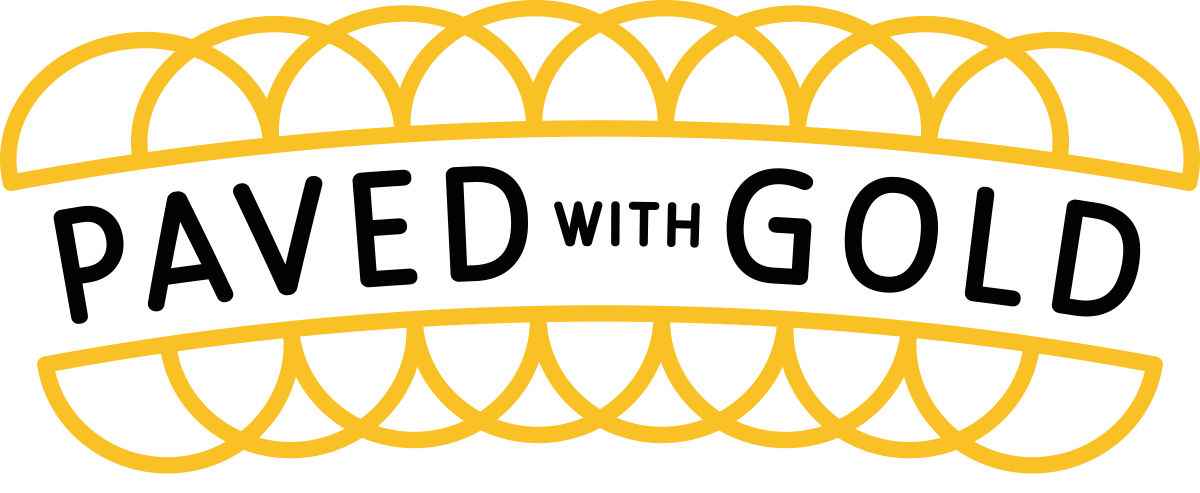The Drum asked us to write about the growing desire for better design in the smart home. Read on to learn about some of the smart home projects we've worked on and love.
Look at your router – it looks like a router, right? Now look at your doorbell – it probably looks like a router or, worse, an air freshener.
A lot of ‘smart’ products have focused first and foremost on cramming in all the latest technology, with design and how people interact with them an afterthought at best.
But some of the startups we’ve been working with at Paved With Gold are proving that there is demand out there for better design and are now making technology for the home that no longer needs to be hidden away.
Ding
Avril O'Neil and John Nussey of Onn Studio came up with the concept for the Ding Smart Doorbell after their own doorbell broke. Unable to find a suitable replacement they decided to make their own and their idea has resonated with the Design Council and John Lewis, who have supported the project, and also with Kickstarter backers who have helped them double their initial funding goals.
Ding works like any other doorbell by ringing a chime inside your home, but what makes it better is that it also allows you to talk to the the person at your door using your smartphone, so you’ll never miss important visitors or deliveries.
And whereas others have focused more on video surveillance and security, Ding keeps things simple being designed as a doorbell first. It feels closer to a traditional doorbell rather than a surveillance system with additional features that have been driven by the latest technology. Plus, with home styling in mind, Ding doesn’t look out of place inside or out, coming in various colours to suit colour schemes and tastes.
Suzy Snooze
The second launch from BleepBleeps is Suzy Snooze, part of a series of connected devices that aim to make parenting easier. Its primary objective is to get a good night’s sleep for all the family. A baby monitor, night light and sleep trainer all in one, it helps children sleep and know when to get up.
Founder of BleepBleeps Tom Evans found that a lot of connected devices aimed at parents either looked very medical and science-y, or a bit too toy-like. The family of devices from BleepBleeps have been made to be simple and fun while using a design language that is attractive to both children and parents. Children enjoy the playful nature of the devices, each of which has a character like the Tony Tempa thermometer, whereas parents like using the devices as they’re simple, while also appreciating the aesthetic which has been likened to collectible vinyl toys.
Joto
Joto is a smart display that connects a pen to the internet. In the home we display art or write messages and share lists. Joto brings these to life through drawing and writing in real-time. A simpler solution may well be to use a whiteboard, but sometimes you just want things to be more fun than that, don’t you? Imagine the kids getting excited over something as mundane as adding to the shopping list.
Recently nominated for Design of the Year by the Design Museum, Joto will be available for pre-order in the new year.
The smart home is certainly getting smarter, and hopefully we’ll be able to make more space for it on our shelves and walls rather than hiding it all under the sofa. You may now stop looking at your router.






